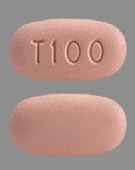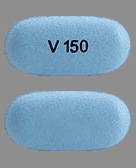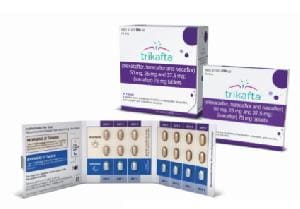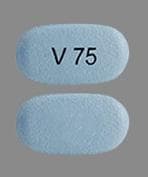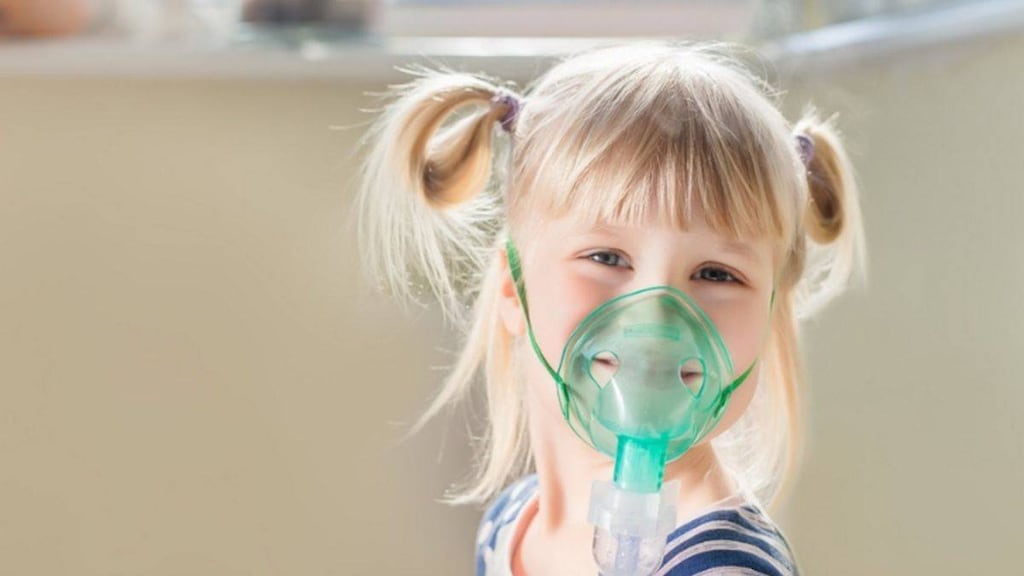What is Trikafta?
- Trikafta is a prescription medicine used for the treatment of cystic fibrosis (CF) in people aged 12 years and older who have at least one copy of the F508del mutation in the cystic fibrosis transmembrane conductance regulator (CFTR) gene.
- Talk to your doctor to learn if you have an indicated CF gene mutation.
It is not known if Trikafta is safe and effective in children under 12 years of age.
Who should not take Trikafta?
Do not take Trikafta if you take certain medicines or herbal supplements such as:
- antibiotics such as rifampin (Rifamate, Rifater) or rifabutin (Mycobutin)
- seizure medicines such as phenobarbital, carbamazepine (Tegretol, Carbatrol, Equetro), or phenytoin (Dilantin, Phenytek)
- St. John's wort
Talk to your doctor before taking Trikafta if you take any of the medicines or herbal supplements listed above.
What should I tell my healthcare provider before taking Trikafta?
Before taking Trikafta, tell your doctor about all of your medical conditions, including if you:
- have kidney problems.
- have or have had liver problems.
- are pregnant or plan to become pregnant. It is not known if Trikafta will harm your unborn baby. You and your doctor should decide if you will take Trikafta while you are pregnant.
- are breastfeeding or planning to breastfeed. It is not known if Trikafta passes into your breast milk. You and your doctor should decide if you will take Trikafta while you are breastfeeding.
Trikafta may affect the way other medicines work, and other medicines may affect how Trikafta works. Tell your doctor about all the medicines you take, including prescription and over-the-counter medicines, vitamins, and herbal supplements. The dose of Trikafta may need to be adjusted when taken with certain medicines. Ask your doctor or pharmacist for a list of these medicines if you are not sure.
Especially tell your doctor if you take:
- antifungal medicines including ketoconazole (such as Nizoral), itraconazole (such as Sporanox), posaconazole (such as Noxafil), voriconazole (such as VFEND), or fluconazole (such as Diflucan)
- antibiotics including telithromycin (such as Ketek), clarithromycin (such as Biaxin), or erythromycin (such as Ery-Tab)
- other medicines including rifampin, rifabutin, phenobarbital, carbamazepine, phenytoin, and St. John's wort (see 'Who should not take Trikafta' section).
Know the medicines you take. Keep a list of them to show your doctor and pharmacist when you get a new medicine.
How should I take Trikafta?
- Take Trikafta exactly as your doctor tells you to take it.
- Take Trikafta by mouth only.
- Trikafta consists of 2 different tablets.
- The orange tablet is marked with 'T100' and each tablet contains the medicines elexacaftor, tezacaftor and ivacaftor. Take 2 orange tablets in the morning.
- The light blue tablet is marked with 'V 150' and contains the medicine ivacaftor. Take 1 light blue tablet in the evening.
- Take the orange tablets and the light blue tablet about 12 hours apart.
- Always take Trikafta with food that contains fat. Examples of fat-containing foods include butter, peanut butter, eggs, nuts, meat, and whole-milk dairy products such as whole milk, cheese, and yogurt.
- If you miss a dose of Trikafta and:
- it is 6 hours or less from the time you usually take the orange tablets in the morning or the light blue tablet in the evening, take the missed dose with food that contains fat as soon as you can. Then take your next dose at your usual time.
- it is more than 6 hours from the time you usually take the orange tablets in the morning, take the missed dose with food that contains fat as soon as you can. Do not take the light blue tablet in the evening.
- it is more than 6 hours from the time you usually take the light blue tablet in the evening, do not take the missed dose. Take your next dose of orange tablets at the usual time with food that contains fat.
- Do not take more than your usual dose of Trikafta to make up for a missed dose.
What should I avoid while taking Trikafta?
- Trikafta can cause dizziness in some people who take it. Do not drive a car, use machinery, or do anything that needs you to be alert until you know how Trikafta affects you.
- Avoid food or drink that contains grapefruit while you are taking Trikafta.
What are the possible side effects of Trikafta?
Trikafta can cause serious side effects, including:
- High liver enzymes in the blood is a common side effect in people treated with Trikafta. These can be serious and may be a sign of liver injury. Your doctor will do blood tests to check your liver:
- before you start Trikafta
- every 3 months during your first year of taking Trikafta
- then every year while you are taking Trikafta
Call your doctor right away if you have any of the following symptoms of liver problems:- pain or discomfort in the upper right stomach (abdominal) area
- yellowing of your skin or the white part of your eyes
- loss of appetite
- nausea or vomiting
- dark, amber-colored urine
- Abnormality of the eye lens (cataract) in some children and adolescents treated with Trikafta. If you are a child or adolescent, your doctor should perform eye examinations before and during treatment with Trikafta to look for cataracts.
The most common side effects of Trikafta include:
- headache
- diarrhea
- upper respiratory tract infection (common cold) including stuffy and runny nose
- stomach (abdominal) pain
- inflamed sinuses
- increase in liver enzymes
- increase in a certain blood enzyme called creatine phosphokinase
- rash
- flu (influenza)
- increase in blood bilirubin
These are not all the possible side effects of Trikafta.
Call your doctor for medical advice about side effects. You may report side effects to FDA at 1-800-FDA-1088.
Trikafta Images
General information about the safe and effective use of Trikafta
Medicines are sometimes prescribed for purposes other than those listed in a Patient Information leaflet. Do not use Trikafta for a condition for which it was not prescribed. Do not give Trikafta to other people, even if they have the same symptoms you have. It may harm them. You can ask your pharmacist or doctor for information about Trikafta that is written for health professionals.
How should I store Trikafta?
- Store Trikafta at room temperature between 68ºF to 77ºF (20ºC to 25ºC).
- Do not use Trikafta after the expiration date on the package.
Keep Trikafta and all medicines out of the reach of children.
What are the ingredients in Trikafta?
Orange tablets:
Active ingredients: elexacaftor, tezacaftor and ivacaftor
Inactive ingredients: hypromellose, hypromellose acetate succinate, sodium lauryl sulfate, croscarmellose sodium, microcrystalline cellulose, magnesium stearate, hydroxypropyl cellulose, titanium dioxide, talc, iron oxide yellow and iron oxide red.
Blue tablets:
Active ingredients: ivacaftor
Inactive ingredients: colloidal silicon dioxide, croscarmellose sodium, hypromellose acetate succinate, lactose monohydrate, magnesium stearate, microcrystalline cellulose, sodium lauryl sulfate, carnauba wax, FD&C Blue #2, PEG 3350, polyvinyl alcohol, talc, titanium dioxide, ammonium hydroxide, iron oxide black, propylene glycol, and shellac.
For more information, go to www.trikafta.com or call 1-877-752-5933.

